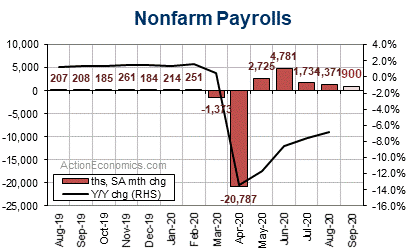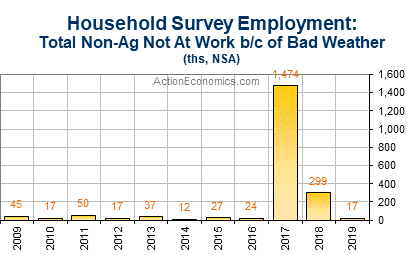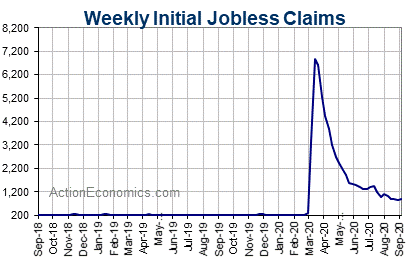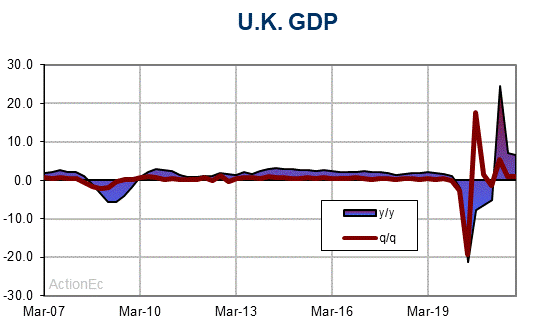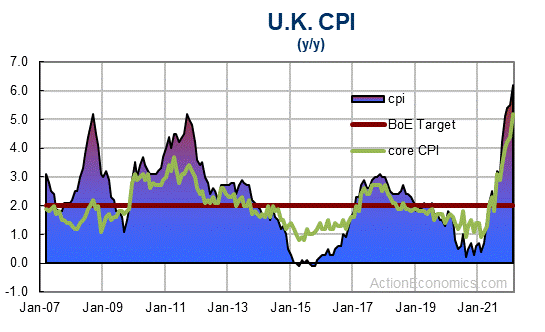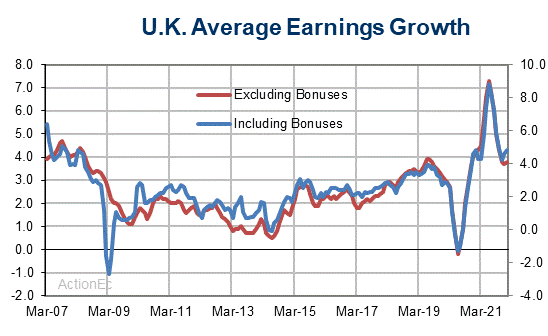Date : 29th September 2020.
Time for the first face-off.

The first presidential debate is due to take place today, ahead of an election that is turning into a major event risk.
At the same time markets are waiting for developments on further US stimulus measures as US Democrats released a USD 2.2 trillion proposal in a bid to break the deadlock in talks with Republicans. The debate is at 01:00 GMT while the focus turns on any potential market fallout especially as it coincides with indications of a possible approval of the fiscal stimulus but crucial with the approach of month- and quarter-end which could exacerbate volatility.
Additionally in the US this week, there is also the threat of massive layoffs/furloughs from the airlines come October 1 as the CARES package provisions expire. Data remains thin for now. September consumer confidence headlines Tuesday, and is followed Wednesday with the ADP private payroll report, September ISM, vehicle sales, August income and consumption. Thursday has the high frequency jobless claims before Friday’s September nonfarm payrolls release.
Now in regards to tonight’s debate, the importance of it does not rely solely due to the fact that is the every first debate but mainly because it might present the clear winner especially this year in which the candidates have not been as highly visible with limited campaigns done because of Covid-19.
The candidates will be questioned for 90 minutes, without commercial breaks, according to the Commission on Presidential Debates. Ahead of the debate the vulnerable one look to be Trump following a New York time report that the president paid no income tax for 11 years. However is an excellent brutally effective debater so it will interesting to see how he will overcome any attacks. Please note that in some states voting has already started via mail or in person.
The debate will take place at Case Western Reserve University and Cleveland Clinic in Cleveland, while the topics selected by Wallace, moderator of the first 2020 presidential debate, are the:
The Trump and Biden Records
The Supreme Court
Covid-19
The Economy
Race and Violence in our Cities
The Integrity of the Election
Below you can also find the latest national polls prior the debate.

Based on UBS research below we enclose the campaign policy platform of each Party:

What is the 2020 Republican Party platform?
President Trump abandoned the usual practice of endorsing a lengthy campaign policy platform in conjunction with the GOP national nominating convention. Instead, he released an abbreviated written agenda for a planned second term in office. The GOP policy statement is largely aspirational, with fewer details than one is accustomed to seeing from a presidential candidate. The president’s proposed fiscal policies include additional tax cuts for individuals and federal tax credits and deductions for corporations that repatriate jobs to the US from overseas locations. The statement also explicitly supports additional capital gains tax relief through an expansion of the Opportunity Zone program.
Numerous provisions from the Tax Cuts and Jobs Act (TCJA) are scheduled to expire at the end of 2025, but the president does not discuss how the resulting tax hikes will be averted. Absent additional congressional action, the individual income tax cuts, an increase in the standard deduction, and the expanded child tax credit will all revert to prior levels in just over five years. Voters are left to assume that the president will be able to convince Congress to make the tax cuts permanent.
The policy statement, which was released in conjunction with his acceptance speech, also focuses on the adoption of a more adversarial posture toward China, strict enforcement of immigration laws, and support for law enforcement personnel. While all three are viewed by the GOP as winning campaign strategies, the reference to “ending our reliance on China” suggests that the president is willing to continue to use tariffs as a tool of foreign policy if elected to a second term. He has threatened to selectively impose tariffs upon, and to strip government contracts from, companies that refuse to relocate their operations to the US.
Meanwhile, in a rare instance of tacit agreement with his challenger, the president reaffirmed a desire to cut prescription drug prices, lower healthcare insurance premiums, and require coverage of all preexisting conditions. On the whole, the impact of the president’s policies on Treasury receipts (and on the US economy generally) is difficult to calculate. Whether or not this is purposeful is debatable, but the inevitable conclusion is that a second Trump administration would be similar to the first and forced to rely on deficit financing to accomplish its goals.

What is the 2020 Democratic Party platform?
In contrast to the president’s abridged policy statement, the Democratic Party platform is a protracted recitation of policies as disparate as the need for federal bankruptcy reform, a Green New Deal, and reinvestment in rural America. The Biden campaign has not released a consolidated fiscal plan but instead weaved his call for higher taxes to partially fund a series of spending proposals related to infrastructure investment, climate change, and an expansion of healthcare coverage. At its core, however, the Biden campaign is focused on strengthening the federal regulatory regime, reversing many of the provisions of the Tax Cuts and Jobs Act, and increasing federal funding of long-time Democratic policy priorities.
The former vice president advocates an increase in the highest marginal tax rate to 39.6%, and higher payroll taxes for individuals earning more than USD 400,000 a year. He also proposes to tax capital gains at the same rate as ordinary income for taxpayers earning more than USD 1 million. The corporate tax rate is targeted for an increase, albeit less than the rate prevalent before the enactment of the Tax Cuts and Jobs Act. The corporate tax rate would increase from 21% to 28%, and an alternative minimum tax of 15% would be levied on companies that report more than USD 100 million in book income.
The Democratic campaign platform also takes aim at the estate tax by recommending a reduction in the exemption to USD 3.5 million and the elimination of the stepped-up basis rule. Tax preferences for the fossil fuel industry would be eliminated, while those for energy efficiency would be increased. With the exception of the payroll tax increase, most of Biden’s fiscal policy platform could be implemented with a majority vote in the Senate through budget reconciliation.
The Tax Policy Center has estimated that Biden’s tax proposals would increase federal revenue by about USD 4 trillion between 2021 and 2030, or 1.5% of GDP over a decade.1 Roughly half of the revenue gain would be derived from higher taxes on US households, with the remainder coming from businesses and corporations. The Tax Foundation expects the Biden tax plan to reduce after-tax income for the top 1% of taxpayers by 7.8%. The top 5% would see their after-tax income drop by 1.1%, with diminishing reductions thereafter as income declines.
Always trade with strict risk management. Your capital is the single most important aspect of your trading business.
Please note that times displayed based on local time zone and are from time of writing this report.
Click HERE to access the full HotForex Economic calendar.
Want to learn to trade and analyse the markets? Join our webinars and get analysis and trading ideas combined with better understanding on how markets work. Click HERE to register for FREE!
Click HERE to READ more Market news.
Andria Pichidi
Market Analyst
HotForex
Disclaimer: This material is provided as a general marketing communication for information purposes only and does not constitute an independent investment research. Nothing in this communication contains, or should be considered as containing, an investment advice or an investment recommendation or a solicitation for the purpose of buying or selling of any financial instrument. All information provided is gathered from reputable sources and any information containing an indication of past performance is not a guarantee or reliable indicator of future performance. Users acknowledge that any investment in FX and CFDs products is characterized by a certain degree of uncertainty and that any investment of this nature involves a high level of risk for which the users are solely responsible and liable. We assume no liability for any loss arising from any investment made based on the information provided in this communication. This communication must not be reproduced or further distributed without our prior written permission.














